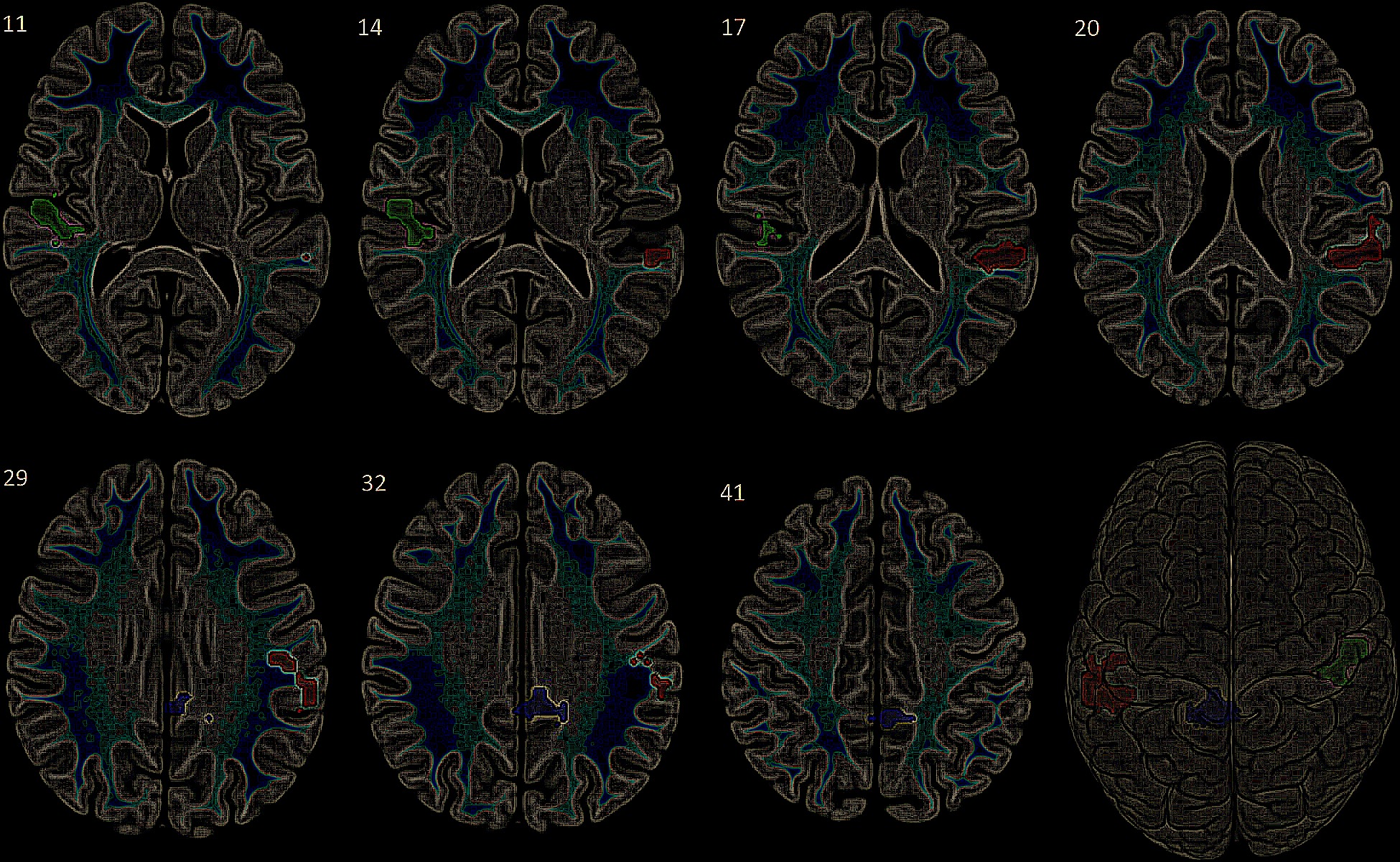Time cells in the hippocampus and medial prefrontal cortex represent sequentially firing neurons that encode temporal structure during cognitive tasks. Their activity is dependent on:
- NMDA receptor–dependent plasticity and calcium influx.
- cAMP/PKA–CREB signaling cascades regulating gene transcription.
- Synchronization with circadian oscillations in the SCN and entorhinal cortex.
In ASD, disrupted NMDA receptor signaling and impaired interneuron synchronization compromise time cell activity, leading to deficits in episodic memory and social timing. These impairments are exacerbated by circadian misalignment.
Targeted pharmacological interventions could enhance time cell fidelity:
- Positive allosteric modulators of NMDA receptors (glycine site agonists, D-serine analogs).
- Subtype-specific GABAA receptor modulators to restore parvalbumin interneuron function.
- Chronopharmacological delivery of drugs to coincide with peak CREB phosphorylation, enhancing time cell plasticity.
Time cells in the hippocampus and medial prefrontal cortex represent a fundamental mechanism for encoding temporal context in episodic memory and social interaction. These neurons fire in sequential patterns that bridge gaps between discrete events, allowing the brain to organize experience along a temporal framework. Their function depends on multiple molecular and circuit-level mechanisms.
At the receptor level, NMDA receptor-mediated calcium influx is essential for time cell plasticity. Activation of CaMKII and downstream phosphorylation of CREB regulate gene transcription required for the maintenance of temporal coding. Importantly, CREB activation is modulated by circadian oscillations in kinase activity, meaning that the fidelity of time cell sequences depends on circadian phase. In ASD, impaired NMDA receptor signaling (e.g., due to GRIN2B mutations) disrupts calcium-dependent gene expression, leading to degraded time cell firing sequences. Pharmacological strategies enhancing NMDA receptor co-agonist binding (glycine transporter inhibitors, D-serine analogues) could restore proper temporal coding.
GABAergic interneurons, particularly parvalbumin-positive basket cells, synchronize hippocampal oscillations necessary for time cell sequences. Circadian regulation of GABA release is mediated by CLOCK-controlled transcription of GAD1 and GAD2 (enzymes for GABA synthesis). In ASD, reduced interneuron function contributes to noisy or desynchronized time cell activity. Targeting GABAA receptor subtypes with selective positive allosteric modulators timed to circadian oscillations could restore synchrony and improve temporal coding.
Dopaminergic input from the ventral tegmental area modulates reward prediction signals in time cell networks. Circadian regulation of dopamine synthesis via tyrosine hydroxylase ensures rhythmic dopamine availability. In ASD models, blunted dopamine release impairs reinforcement learning and disrupts time cell reliability. Agents targeting dopamine D1/D2 receptor balance, delivered in circadian alignment, might enhance both reward processing and time cell stability.
At the molecular scale, immediate early genes such as Arc, c-Fos, and Egr1 are rhythmically expressed and necessary for time cell plasticity. Epigenomic studies indicate that time cells rely on rhythmic chromatin accessibility, which is disrupted in ASD by mutations in chromatin regulators like CHD8 and ARID1B. Pharmacological agents modulating histone acetylation (HDAC inhibitors) in circadian-phase–specific dosing schedules could restore proper gene induction and strengthen time cell performance.
The therapeutic implications are profound. If time cell activity can be rescued pharmacologically, then deficits in episodic memory, social timing, and sequence learning in ASD may improve. Early experiments with optogenetic modulation of time cells in mouse models show that restoring sequential firing patterns rescues temporal learning tasks. Translating this into pharmacological precision medicine will require identifying molecular entry points—NMDA receptor modulation, circadian kinase targeting, or chromatin remodeling interventions—combined with chronotherapy.
Peter De Ceuster. (2026). Integrating Circadian Rhythm and Neurobiology in Precision Medicine: A Novel Approach for Treating Severe Autism Through the Exploration of Time Cells and Genetic Mechanisms
Excerpt from: Integrating Circadian Rhythm and Neurobiology in Precision Medicine: A Novel Approach for Treating Severe Autism Through the Exploration of Time Cells and Genetic Mechanisms by P. De Ceuster
© All rights reserved. Do not distribute. (Publication: Integrating Circadian Rhythm and Neurobiology in Precision Medicine: A Novel Approach for Treating Severe Autism Through the Exploration of Time Cells and Genetic Mechanisms)

